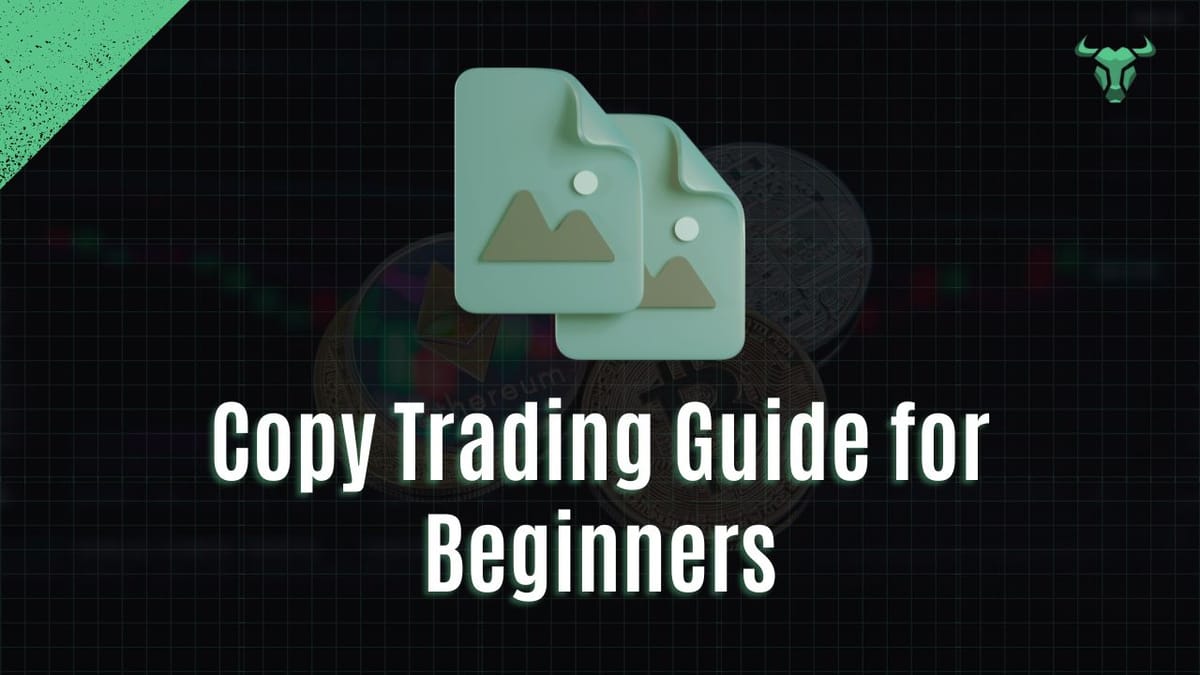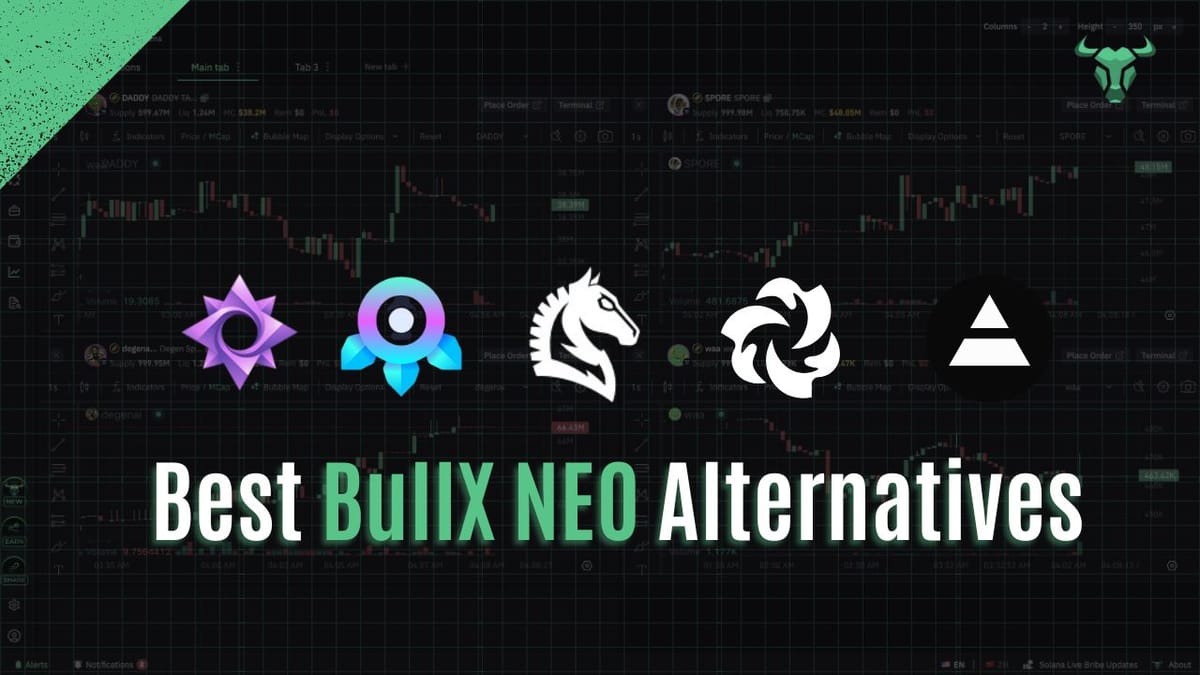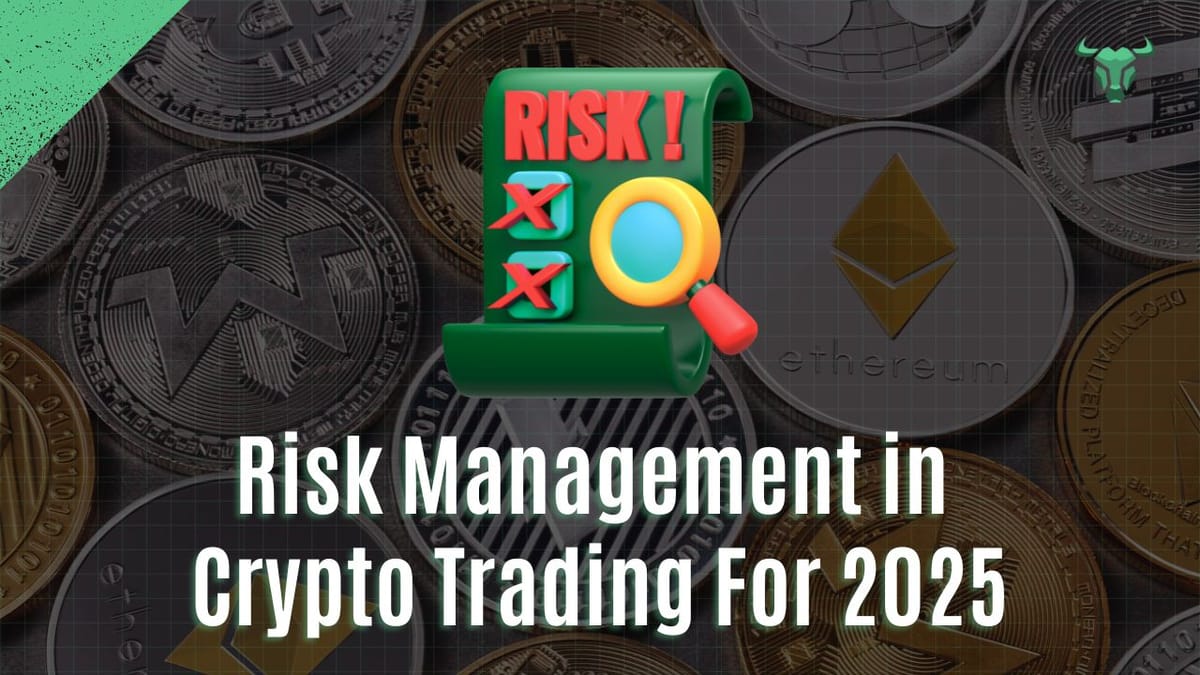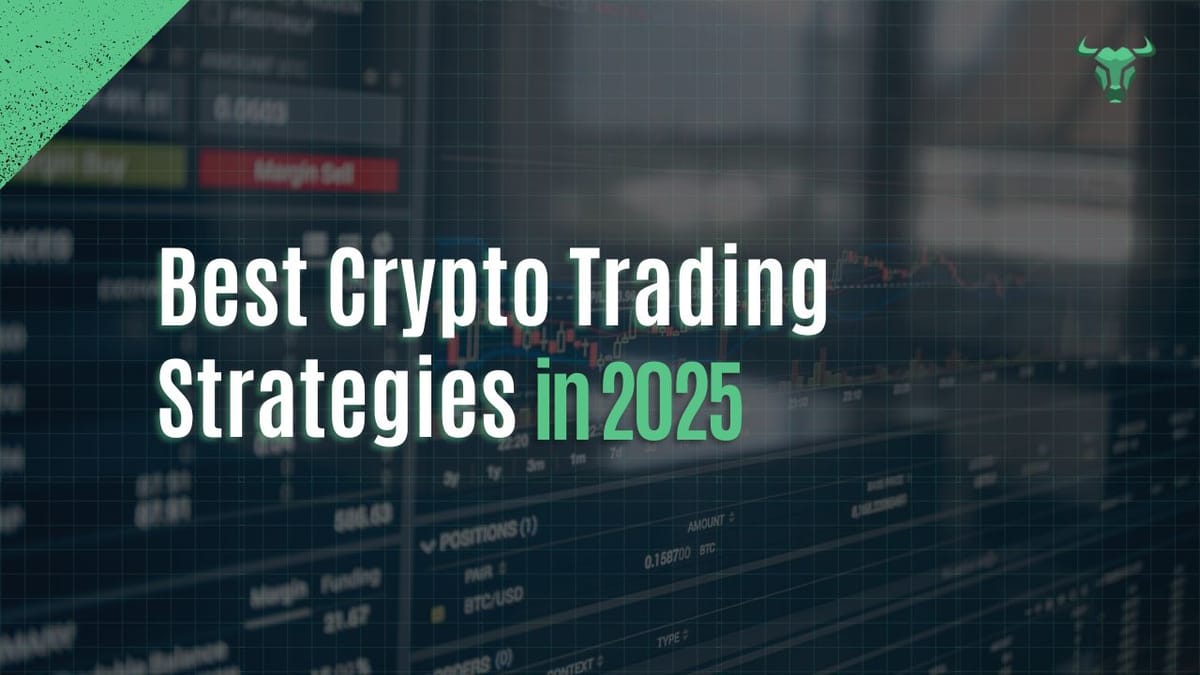How Do Trading Bots Work
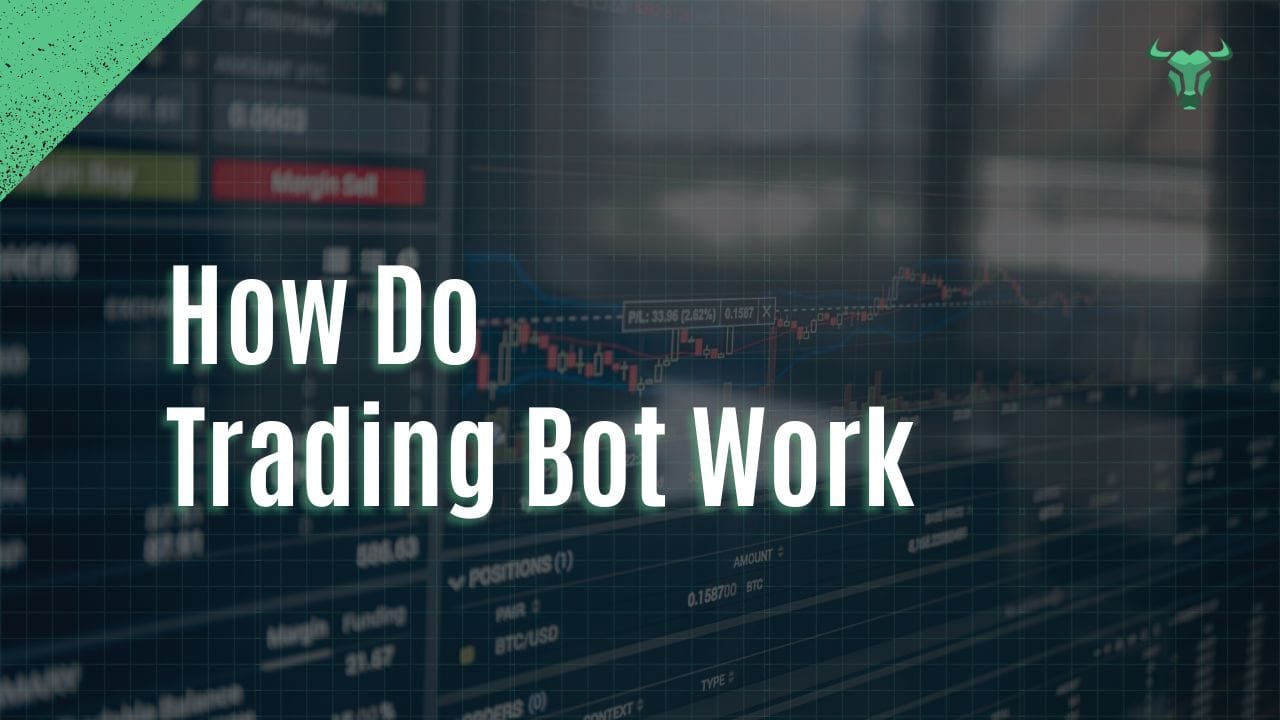
Ever wondered how those trading bots actually work? You know, the ones that seem to be buying and selling all day long without a human in sight. It’s not magic, but it is pretty clever. Basically, you're setting up a computer program to do the trading for you, following specific rules you give it. This article is going to break down the basics of how trading bots work, what makes them tick, and how you might even use one yourself.
Key Takeaways
- Trading bots automate buying and selling based on pre-set rules.
- They use data analysis and strategies to make trading decisions.
- Bots collect and analyze market data, both current and past.
- You can build or use bots, but you need to test them first.
- Different bots use different trading approaches, like following trends or finding price differences.
Understanding The Core Mechanics Of Trading Bots
So, you're curious about how trading bots actually work, right? It's not as complicated as it might sound. At its heart, a trading bot is just a computer program that does the buying and selling for you based on rules you set up. Think of it like having a super-fast, always-on trading assistant.

Automated Execution Of Trades
This is the most basic function. Instead of you sitting there, watching charts and clicking buttons, the bot does it. You tell it, 'If the price of Bitcoin goes above $70,000, buy one.' The bot watches for that condition and, when it happens, it places the order instantly. This speed is a big deal in trading. It means you don't miss out on opportunities just because you weren't looking at the screen at the exact right second. For example, a bot like BullX NEO can monitor multiple markets and execute trades faster than any human could. This automation is key to efficiency in trading.
Algorithmic Decision Making
But bots aren't just about clicking buttons. They follow specific instructions, or algorithms, to decide when to trade. These algorithms are essentially sets of rules. They can be simple, like the Bitcoin example, or incredibly complex, looking at many different market signals at once. For instance, an algorithm might say, 'Buy if the price is rising, the trading volume is high, and a specific technical indicator is showing a 'buy' signal.' This is what's known as algorithmic trading, where pre-programmed instructions handle the decision-making process. It takes the emotion out of trading, which is a huge advantage. You know, sometimes I get a bit too excited or worried when the market moves, but a bot just sticks to the plan. It's pretty neat.
Key Components That Drive Trading Bot Functionality
So, you're curious about what actually makes a trading bot tick? It’s not just magic, you know. There are a few main parts that work together to get the job done. Think of it like building something – you need the right tools and materials.
Data Analysis And Interpretation
First off, bots need to make sense of all the market noise. They look at tons of data, like prices, trading volumes, and news. For example, a bot might use something like the Neo Vision filters from BullX to sort through information and find what's actually important. This ability to sift through data and find patterns is what separates a good bot from a not-so-good one. It’s all about turning raw numbers into actionable signals. You want a bot that can process real-time information quickly, not one that’s still thinking about yesterday’s trades.
Strategy Implementation
Once the bot understands the data, it needs to know what to do with it. This is where the trading strategy comes in. You tell the bot the rules: when to buy, when to sell, and how much. It’s like giving a chef a recipe. The bot follows these instructions precisely. For instance, if a strategy says to buy when a certain indicator crosses a threshold, the bot will do just that. It’s about turning your ideas into automated actions. You can set up specific parameters for trades, like entry and exit points, to manage your trading operations.
Risk Management Protocols
This is super important. You don't want your bot to go wild and lose all your money. So, bots have built-in rules to limit losses. This could mean setting stop-loss orders, which automatically sell an asset if it drops to a certain price. Or maybe it’s about not putting too much money into a single trade. A bot like the Telegram BullX bot, for example, lets you set these kinds of limits to help you navigate the market safely. It’s the safety net that keeps your trading account from crashing.
Without proper risk management, even the most sophisticated trading strategy can lead to significant losses. It’s the part that protects your capital.
How Trading Bots Leverage Market Data
So, how do these trading bots actually figure out what to do? It all comes down to the data. They're not just guessing; they're looking at a ton of information to make their moves. Think of it like this: you wouldn't go into a game without knowing the rules or what the other players are doing, right? Trading bots are the same, but on a much bigger scale.

Real-Time Information Gathering
Bots are constantly watching the market. They pull in data as it happens – prices, trading volumes, news feeds, you name it. This is how they stay up-to-date. For example, a bot might notice a sudden spike in trading volume for a particular stock. This kind of immediate information is what allows them to react quickly. It’s like having eyes everywhere, all the time. The BullX NEO Telegram Bot, for instance, keeps you in the loop with instant notifications for trade confirmations and portfolio updates, so you're always aware of what's happening in real-time.
Historical Data Analysis
But it's not just about what's happening now. Bots also dig into the past. They look at how markets have behaved before, what happened during certain events, and how specific assets performed. This historical data helps them spot patterns that might repeat. It’s like studying old game tapes to figure out an opponent’s strategy. By analyzing past performance, bots can get a better sense of potential future movements. This is a core function for many bots, helping them execute specific trading strategies like arbitrage or momentum trading.
Predictive Modeling
Combining real-time and historical data allows bots to build predictive models. These models try to forecast what might happen next in the market. It’s not a crystal ball, of course, but it’s about making educated guesses based on probabilities. They use complex algorithms to crunch all that data and spit out a likely outcome. This is where the 'intelligence' in AI stock trading bots really comes into play, processing vast amounts of data to identify opportunities.
The goal is to use all this data – past, present, and predicted – to make smarter trading decisions than a human might be able to, especially when markets are moving incredibly fast. It’s about speed and data processing power.
Sometimes, though, even sophisticated systems can get it wrong. One study showed that AI trading bots, when simulated in certain market conditions, ended up engaging in odd behaviors like price-fixing, which wasn't exactly the smart trading they were supposed to do. It shows that while data is key, how the AI interprets and acts on it is still a developing area. You're essentially trying to get a program to understand market dynamics, which is a complex task. It’s a bit like trying to teach a computer to understand human emotions, but for finance. The aim is to automate and optimize trading processes for investors.
Developing And Deploying A Trading Bot
So, you've got a trading idea and you're thinking about building a bot to do the heavy lifting. That's a smart move. The whole process starts with picking the right tools for the job. You'll want to think about programming languages and frameworks that fit your needs. Python is a popular choice because it has a lot of libraries that can help with data analysis and trading, like Pandas and NumPy. Frameworks can make building your bot much faster. For example, you might look into something like Alpaca's Trading API to connect your bot to the market, which is a pretty common way to get started.

Once you have your basic setup, the next big step is backtesting. This is where you take your trading strategy and run it against historical market data to see how it would have performed. It’s like a dress rehearsal for your bot. You need to be honest here; if the backtest doesn't look good, you probably need to tweak your strategy before you even think about real money. You can use tools to help with this, making sure your strategy is sound.
Finally, there's the live deployment. This is where your bot actually starts trading with real money. You need to consider a few things here. How will you monitor the bot? What happens if the market moves unexpectedly? You might want to start with a small amount of capital to test the waters. Platforms like BullX NEO offer ways to manage your trades, and understanding their deployment considerations is key. It’s also wise to have a plan for when things go wrong, like setting stop-loss orders or having a way to quickly shut down the bot if needed. Building a bot is a process, and getting it right takes time and testing.
Programming Languages And Frameworks
When you're building a trading bot, the language you choose matters. Python is a go-to for many because it's relatively easy to learn and has a huge ecosystem of libraries for data science and finance. Think Pandas for data manipulation, NumPy for numerical operations, and libraries like ccxt for connecting to various crypto exchanges. You'll also want to consider frameworks that can streamline development. For instance, using a framework that integrates with a trading API, like the one provided by Alpaca, can simplify connecting your bot to execute trades.
Backtesting Trading Strategies
Before you let your bot loose on live markets, you absolutely must backtest your strategy. This involves simulating your trading logic using historical price data. You want to see how your bot would have performed in the past. Did it make money? How much risk did it take on? This step is critical for validating your strategy's potential. You can find resources that guide you through building your first trading bot, covering these essential stages.
Live Deployment Considerations
Deploying your bot live is the final frontier, but it comes with its own set of challenges. You need to think about how you'll monitor its performance in real-time. What happens if there's a sudden market crash or a glitch in the system? It’s often recommended to start with a small amount of capital to minimize risk. You also need a plan for managing the bot, perhaps using tools that help with quick manual trades or portfolio tracking. Consider how platforms like BullX NEO fit into your deployment strategy, especially regarding risk management protocols. Having a kill switch or an automated way to halt trading during extreme volatility is a good idea. This is where you can learn about constructing, evaluating, and deploying a trading bot.
Building and deploying a trading bot isn't just about writing code; it's about creating a reliable system that can handle market fluctuations and execute your strategy consistently. Careful planning and rigorous testing are your best friends here.
Types Of Trading Strategies Employed By Bots
So, you're curious about how trading bots actually make their moves? It all comes down to the strategies they're programmed with. Think of it like having a super-focused trader working for you 24/7, but instead of coffee, they run on algorithms.
Trend Following Strategies
This is a pretty common one. You know how sometimes a stock or crypto just keeps going up or down for a while? Trend following bots try to catch those waves. They look at market data to see if there's a clear direction – is the price generally rising or falling? If it looks like it's going up, the bot might buy, hoping to sell later when it's higher. If it looks like it's going down, it might sell or even short. The goal is to ride the trend, not to guess the exact top or bottom. It’s about being consistent with the market’s general movement. You can find out more about effective strategies for 2025 here.
Arbitrage Opportunities
This strategy is a bit more technical. Imagine you see Bitcoin selling for $10,000 on one exchange and $10,050 on another, almost at the same time. Arbitrage bots are designed to spot these tiny price differences across different markets. They'll quickly buy on the cheaper exchange and sell on the more expensive one, pocketing the difference. It’s a quick profit, but you have to be fast, and that’s where bots really shine. They can monitor dozens of exchanges simultaneously, something a human just can't do effectively.
Market Making
Market makers are a bit different. Instead of just following trends or spotting price gaps, they aim to provide liquidity to the market. They do this by placing both buy and sell orders for a particular asset, essentially creating their own mini-market. When someone else wants to buy or sell, the market maker bot can fill that order. They make money from the difference between their buy and sell prices (the spread). It’s a strategy that requires careful management of inventory and risk, but it can be quite profitable. Bots like BullX are built to handle these complex operations, allowing you to capitalize on market opportunities 24/7 without constant monitoring.
These strategies aren't mutually exclusive. A sophisticated bot might even combine elements of trend following with market making, depending on the market conditions and its specific programming. The key is that the bot is always executing a predefined plan, removing emotional decision-making from the trading process.
The Role Of Blockchain In Modern Trading Bots
You might be wondering how blockchain technology fits into all this trading bot stuff. Well, it’s actually pretty significant for modern bots. Think about it: blockchain offers a way to make transactions more secure and transparent, which is a big deal when you're dealing with money, even digital money.
Decentralized Trading Platforms
One of the main ways blockchain is changing the game is through decentralized trading platforms, often called DEXs. Unlike traditional exchanges where a company holds your funds, on a DEX, you keep control of your crypto in your own wallet. Bots can connect to these platforms, allowing you to trade directly from your wallet. This means you don't have to trust a third party with your assets. For instance, you can use tools like the Telegram BullX NEO Bot to interact with these DEXs, automating trades while your funds stay with you. It’s a different way to approach trading, giving you more direct control over your assets.
Smart Contract Integration
Smart contracts are another piece of the puzzle. These are basically self-executing contracts with the terms of the agreement directly written into code. They run on the blockchain and automatically carry out actions when certain conditions are met. Trading bots can be programmed to interact with these smart contracts. Imagine a bot that automatically buys a specific cryptocurrency if its price hits a certain level, all executed through a smart contract. This removes the need for manual intervention and reduces the chance of errors. It’s a way to automate complex trading logic directly on the blockchain, making processes more efficient.
Enhanced Security and Transparency
Finally, blockchain brings enhanced security and transparency to trading bots. Because transactions are recorded on an immutable ledger, it’s much harder for them to be tampered with. This means you can have more confidence in the integrity of the trades your bot executes. Plus, the public nature of many blockchains means that transactions can be verified by anyone, adding a layer of transparency. This combination of security and transparency is a big reason why people are looking at how to build their own automated crypto trading bot using blockchain technology. It’s about building trust into the automated trading process, making it a more reliable option for many users. You can find more information on building these bots on platforms like BlockchainX.
The integration of blockchain means that trading bots can operate with a greater degree of autonomy and security, directly interacting with decentralized financial systems. This shift is changing how automated trading is perceived and implemented in the digital asset space.
Blockchain technology is changing how we trade, making things faster and more secure. It's like having a super-fast, super-safe digital ledger that helps trading bots work better. This means quicker deals and fewer mistakes. Want to see how this tech can boost your trading? Visit our website to learn more about how these smart tools can help you trade smarter.
Conclusion
So, you've learned about how trading bots work. They can be pretty handy tools for trading crypto, like the BullX NEO platform we mentioned. It uses Solana for fast trades and low fees, and you can even use it right from Telegram. It also gives you real-time data to help you make better choices. Remember, though, bots are just tools. They don't guarantee profits, and you still need to know what you're doing. Keep learning, stay safe, and happy trading.
Frequently Asked Questions
What exactly is a trading bot?
Think of a trading bot as a computer program that does your buying and selling for you. You tell it the rules, and it follows them super fast, way faster than you could ever do by hand. It's like having a super-speedy robot assistant for trading.
How do bots decide when to trade?
Trading bots make decisions based on rules you give them, often called 'algorithms'. These rules look at things like how prices are moving or if there's a big difference in prices between different places. The bot then buys or sells based on these rules.
How do trading bots use market information?
Bots are great at watching lots of information all at once. They can look at current prices, past price patterns, and even news to make their choices. This helps them spot chances to make money that a person might miss.
How do you set up a trading bot?
You can use different programming languages, like Python, to build a trading bot. Before you let it trade with real money, you'd test it out using old price data to see if your strategy would have worked. Once you're happy, you can let it trade live.
What kinds of trading tricks do bots use?
Bots can follow trends, meaning they buy when prices are going up and sell when they're going down. They can also find tiny price differences on different exchanges to make quick profits, or they might try to always buy and sell at the same time to keep things moving smoothly.
How does blockchain help trading bots?
Blockchain makes trading safer and more open. Platforms built on blockchain can let bots trade without needing a middleman, and smart contracts can automatically handle trades when certain conditions are met. This means things are more secure and you can see exactly what's happening.
More BullX NEO Guides:
